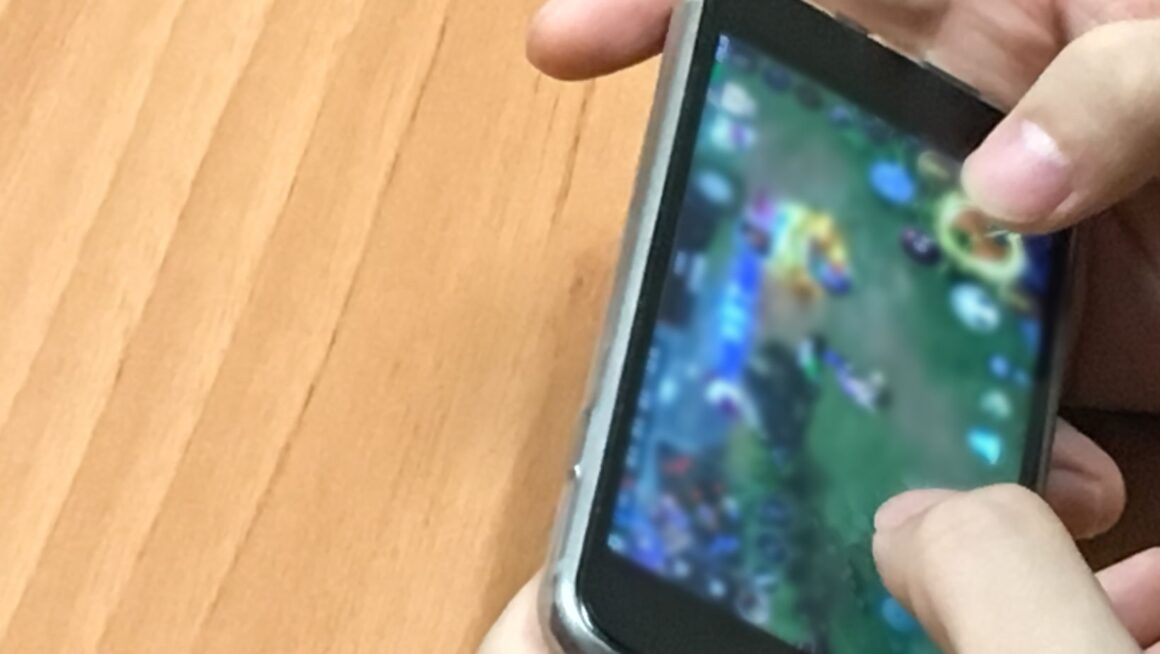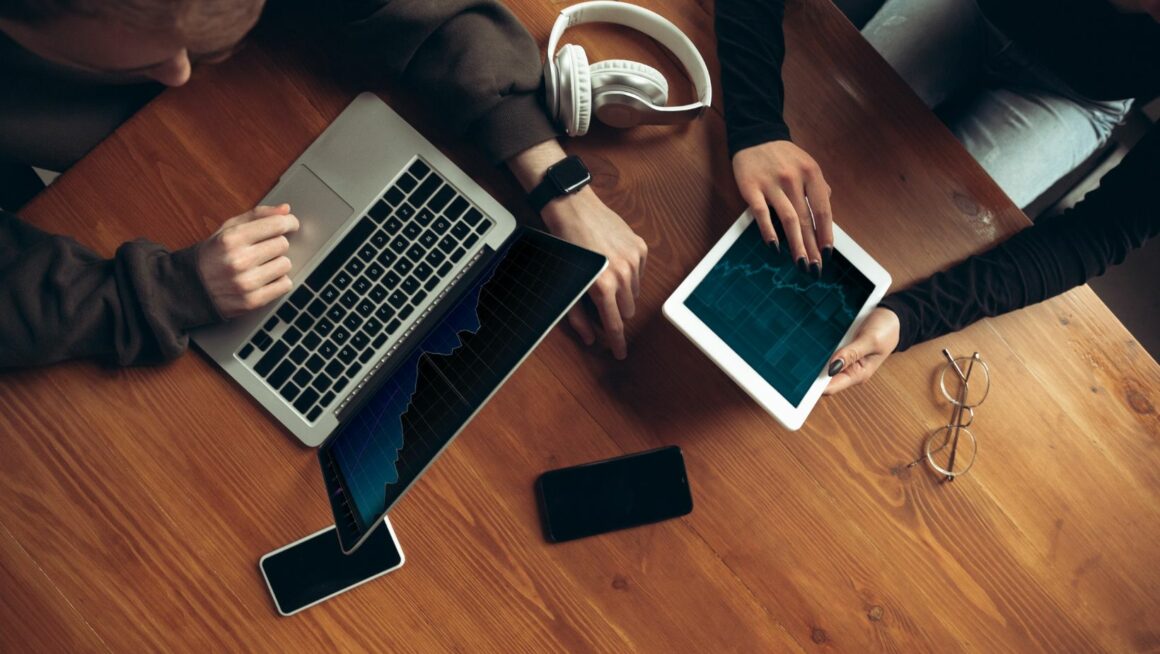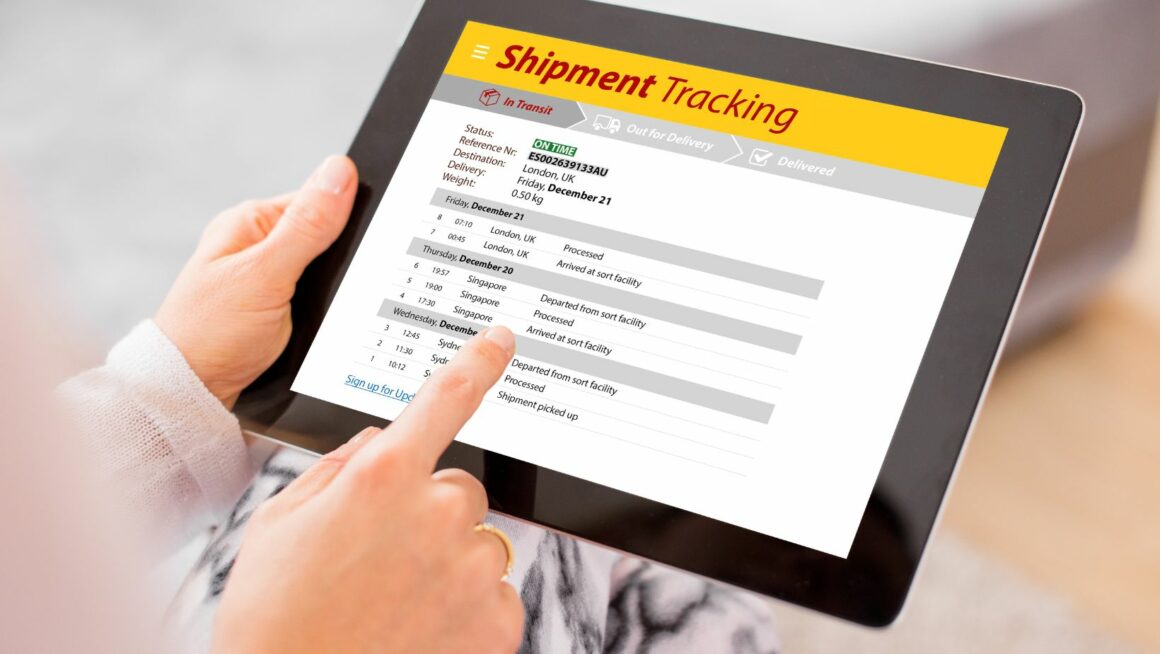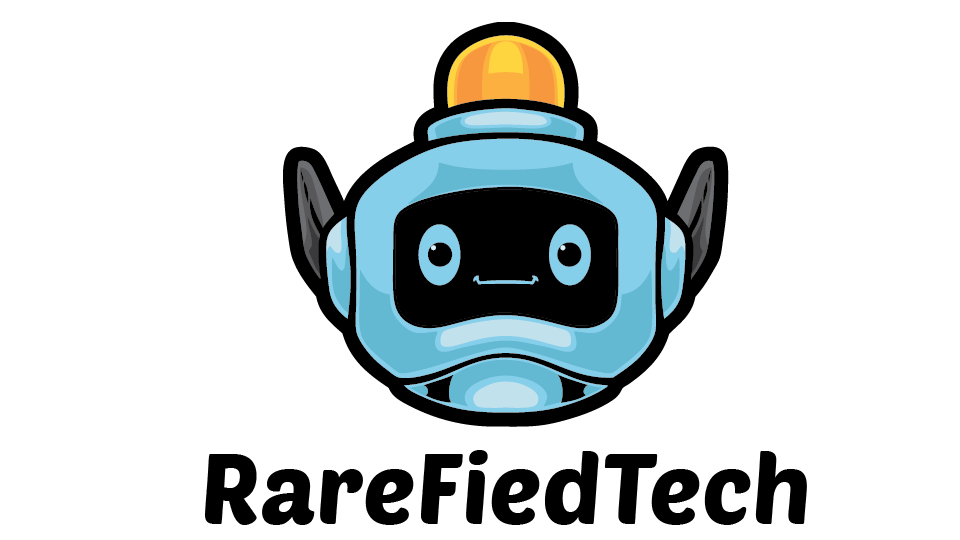In the dynamic world of mobile video gaming, where efficiency is critical, enhancing game art is vital for delivering a seamless and engaging experience. Smart phone differ significantly in regards to equipment abilities, display resolutions, and efficiency thresholds. This post discovers vital strategies for enhancing mobile game art, making sure smooth gameplay across varied devices while preserving high aesthetic high quality.
As mobile gaming continues to progress, the demand for optimized game art ends up being a lot more pushing. Art assets dramatically impact gameplay performance, and stabilizing aesthetic quality with smooth operation is a consistent difficulty for designers. Enhancing art assets not only enhances efficiency but likewise expands a game’s reach across a wider variety of devices. This short article looks into the core methods for enhancing mobile game art, focusing on appearance and version optimization, efficient shader use, and efficient performance screening. Discover more at https://room8studio.com/mobile-game-art/.
Art Possession Optimization Techniques
Reducing Appearance Sizes
Textures play a pivotal duty in defining the visual allure of a video game. Nonetheless, high-resolution structures can be straining on mobile phones, leading to performance issues. To alleviate this, programmers should concentrate on reducing appearance dimensions without compromising aesthetic fidelity.
Appearance Compression: Making use of advanced compression layouts like ASTC (Adaptive Scalable Texture Compression) and ETC2 (Ericsson Structure Compression 2) can dramatically decrease structure sizes while protecting quality. These formats are developed specifically for mobile systems and balance compression with visual clearness.
Balancing Texture Quality and Dimension: Developers should assess the demand for high-resolution structures on different tools. As an example, flagship tools can deal with higher resolutions, while mid-range and low-end gadgets benefit from optimized textures. Executing mipmaps– precomputed textures at various degrees of detail– can also improve performance by filling lower-resolution appearances when objects are distant.
Reliable Use Sprite Atlases
Sprite atlases are a valuable tool for optimizing appearance usage. By integrating several structures right into a single atlas, programmers lower the number of draw calls, which enhances performance.
Developing and Taking Care Of Atlases: Devices like TexturePacker or Unity’s Sprite Atlas can aid develop and take care of sprite atlases effectively. Organizing sprites into atlases decreases structure changes, which is a typical performance traffic jam.
Decreasing Attract Phone Calls: Incorporating associated appearances into a solitary atlas decreases the variety of draw calls needed to make them. This approach is specifically reliable for 2D video games and UI aspects, where many textures are utilized.
Level of Information (LOD) Administration
Degree of Information (LOD) administration involves making use of various variations of 3D designs based upon their distance from the cam. This strategy maximizes rendering performance by reducing design complexity for remote objects.
Creating LOD Designs: Programmers should create several versions of designs with differing polygon matters. Higher-detail versions are consumed close, while lower-detail versions are rendered at a distance.
Dynamic LOD Switching: Applying dynamic LOD switching based on the video camera’s distance guarantees that just the necessary information is provided. This technique lowers the load on the GPU and boosts total performance.
Optimization of 3D Versions
Polygon Matter Reduction
High-polygon designs can be visually impressive yet might stress smartphones. Decreasing polygon counts without giving up detail is important for enhancing efficiency.
Techniques for Polygon Decrease: Devices like Mixer’s Decimate modifier or Autodesk’s MeshLab can help reduce polygon matters while preserving model honesty. Designers should focus on lowering unnecessary polygons, specifically in locations not visible to gamers.

Keeping Visual Fidelity: It’s critical to stabilize polygon decrease with aesthetic high quality. Strategies like regular and bump mapping can simulate high information on low-polygon models, maintaining the visual charm without overwhelming the device.
Typical and Bump Mapping
Regular and bump mapping are techniques that improve appearances by mimicking surface area details without enhancing polygon matter.
Normal Mapping: Typical maps alter the method by which light connects with a surface area, producing the illusion of intricate appearances and details. This technique is effective for adding fine details to low-polygon designs.
Bump Mapping: Comparable to regular mapping, bump mapping develops the impression of surface abnormalities. By utilizing grayscale pictures, designers can include appearance information without raising polygon matter.
Fit Together Simplification
Streamlining intricate meshes assists in optimizing efficiency while keeping vital visual components.
Automated Mesh Simplification: Tools like Simplygon or Mixer’s Decimate feature automate the mesh simplification process, minimizing polygon counts while protecting aesthetic top quality.
Handbook Optimization: For essential designs, hands-on optimization involves by hand removing unneeded information and streamlining geometry, making certain that the mesh continues to be useful and visually enticing.
Efficient Shader Use
Shaders are essential for specifying how light interacts with surfaces; however, intricate shaders can affect performance. Enhancing shaders is crucial to preserving smooth gameplay.
Maximizing Shader Complexity
Streamlined Shaders: Streamlining shader code by decreasing the number of operations and texture lookups can dramatically improve performance. Preventing complicated calculations and reducing the variety of shader passes helps simplify making.
Balancing Aesthetic Impacts: Designers need to strike a balance in between aesthetic impacts and performance. While sophisticated shaders can enhance visuals, their influence on efficiency must be thoroughly thought about.
Making Use Of Mobile-Friendly Shader Designs
Mobile Shader Models: Mobile phones sustain specific shader versions made for efficiency. Developers must utilize these designs to guarantee compatibility and ideal performance on mobile equipment.
Designing Mobile-Friendly Shaders: Shaders need to be enhanced for mobile GPUs by minimizing intricacy and avoiding attributes that are not supported or are performance-intensive.
Shader Variants and Branching
Handling Shader Variants: Dealing with multiple shader variations can lead to efficiency issues. Designers need to make use of techniques to lessen the variety of versions and manage them effectively.
Lessening Branching: Lowering conditional reasoning and branching within shaders aids in preventing efficiency charges associated with dynamic changes in shader computations.
Performance Screening and Profiling
Using Profiling Tools
Profiling Tools: Tools like Unity Profiler, Unreal Engine Profiler, and GPU Profiler supply understandings right into performance bottlenecks associated with art properties. These devices help determine areas where optimization is required.
Examining Performance Data: Developers need to assess performance information to understand exactly how art properties affect gameplay. This evaluation overviews decisions on which possessions to enhance or readjust.
Evaluating Multiple Instruments
Value of Diverse Screening: Testing across a range of devices with different requirements makes sure that the video game performs well on all target platforms. This method assists determine device-specific issues and optimize as necessary.
Efficient Gadget Testing: Developers should prioritize testing on tools with varying performance degrees and screen resolutions to guarantee broad compatibility and optimal efficiency.
Repetitive Optimization Refine
Repetitive Examining and Optimization: Optimization is an ongoing procedure. Developers ought to continually check and refine art possessions based on efficiency information, making repetitive renovations to improve gameplay.
Instance Research: Taking a look at case studies of successful optimization efforts can supply valuable insights and ideal practices for resolving efficiency challenges.
Finest Practices for Art and Performance Balance
Keeping Visual Quality While Optimizing
Balancing Visual Allure: Developers must intend to balance aesthetic quality with performance requirements. Methods like adaptive resolution and selective information can help maintain aesthetic integrity while optimizing efficiency.

Examples of Successful Equilibrium: Gaming that efficiently equilibrium art top quality and efficiency function as benchmarks for optimization practices. Examining these examples provides insights right into effective techniques.
Carrying Out Adaptive Quality Setups
Adaptive Top Quality Setups: Executing flexible quality setups enables gamers to adjust aesthetic top quality based on their gadget’s abilities. This strategy makes certain that the video game remains playable and visually enticing through numerous hardware arrangements.
Dynamic Adjustments: Methods like dynamic resolution scaling and visual modifications aid in preserving efficiency while adjusting to various gadget specs.
Optimization Devices and Resources
Suggested Equipment: Making use of tools for structure compression, mesh optimization, and shader management assists in improving the optimization process. Suggested devices include structure compression software programs and mesh optimization plugins.
Online Resources: Staying upgraded on best practices and arising innovations through online resources and areas provides valuable understanding for recurring optimization efforts.
Conclusion
Enhancing mobile game art is crucial for providing a smooth and engaging gameplay experience through diverse tools. By employing techniques such as decreasing texture dimensions, handling LOD, enhancing 3D designs, and efficiently using shaders, developers can boost performance while preserving top visual quality. Continuous performance testing and repetitive optimization make certain that video games run efficiently on different gadgets, supplying gamers with an enjoyable experience. As technology advances, staying abreast of new devices and practices will even refine optimization approaches and contribute to the success of mobile game tasks.




